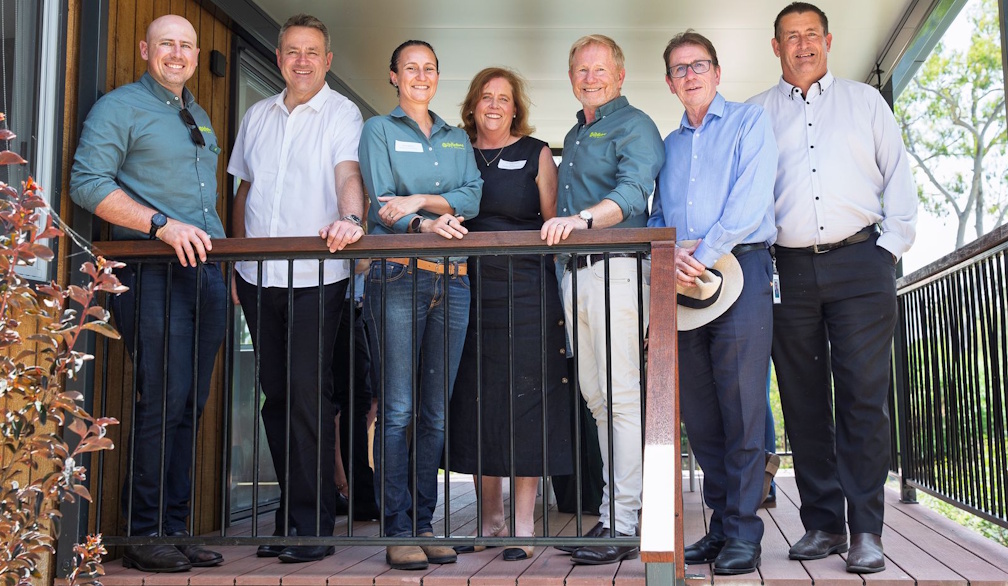Why Is Last-Mile Delivery So Important for E-Commerce?

With the rise of online shopping, last-mile delivery has become a focal point for businesses seeking to meet the high expectations of modern consumers. Today, customers demand quicker shipment times, live tracking information, and flexible delivery methods. Hence, it is more important than ever to optimise last-mile delivery efficiency.
Why Last-Mile Delivery Matters
Last-mile delivery is critical for several reasons:
Customer Experience and Satisfaction
The delivery experience is often the final touchpoint between a business and its customer. A smooth, timely delivery enhances customer satisfaction, while delays or complications can harm a brand’s reputation. Many customers now consider fast and reliable shipping a standard expectation for online shopping.
Competitive Advantage
E-commerce giants like Amazon have set high standards for fast delivery, offering same-day and next-day services. Smaller businesses must compete by optimizing their last-mile delivery processes to offer similar speeds or unique solutions that enhance customer convenience.
To remain competitive, smaller enterprises are embracing innovative techniques to improve last-mile delivery services. These include local courier partnerships, crowd-sourced delivery models, and smart technology such as route optimisation and real-time tracking. By focusing on speed, flexibility, and efficiency, smaller players can provide personalised delivery experiences that allow them to compete with larger companies, keeping them relevant in today’s fast-moving e-commerce market.
Business Growth
As e-commerce businesses grow, so does the complexity of delivering orders efficiently. A well-executed last-mile delivery strategy can streamline operations, reduce costs, and help businesses scale while maintaining high levels of customer satisfaction.
Impact on Returns
Effective last-mile delivery services can reduce the likelihood of returns. When customers receive their orders quickly and in good condition, they are less likely to return products, which can save businesses both time and money.
4 Challenges of Last-Mile Delivery
Despite its importance, last-mile delivery is one of the most challenging aspects of the logistics process. That's why it's crucial to choose reliable shipping companies when you need a quick update on a parcel and want to track it internationally. Several factors contribute to the complexity of this phase:
1. Cost
Last-mile delivery accounts for a large portion of overall shipping costs—up to 53% in some cases. The need for local delivery fleets, multiple stops, and handling individual packages makes this stage labour-intensive and expensive. For businesses, balancing cost-efficiency with fast delivery is a constant challenge.
2. Traffic and Urban Logistics
Delivering packages in densely populated urban areas can be time-consuming due to traffic congestion, parking restrictions, and frequent stops. In rural areas, longer distances between deliveries can also drive up costs and transit times.
3. Customer Availability
One of the biggest challenges in last-mile delivery is ensuring that customers are available to receive their packages. Failed delivery attempts lead to increased costs and delays, negatively impacting the customer experience.
4. Delivery Time Expectations
As customers increasingly demand faster delivery times, businesses must meet these expectations without significantly increasing costs. Offering same-day or next-day delivery can strain logistics networks and require significant resources to execute efficiently.
How E-Commerce Businesses Can Optimise Last-Mile Delivery
To thrive in the highly competitive e-commerce space, businesses need to focus on optimizing their last-mile delivery operations. Here are a few strategies to help e-commerce businesses improve delivery speed, lower costs, and enhance customer satisfaction:
1. Utilize Advanced Technology
Leveraging technology is key to optimizing last-mile delivery. Tools like route optimisation software, real-time tracking, and delivery management platforms can streamline delivery processes and make operations more efficient. Automated systems can suggest the most efficient delivery routes, reducing fuel costs and travel time.
2. Offer Multiple Delivery Options
To meet diverse customer needs, offer multiple delivery options such as same-day delivery, next-day delivery, and standard shipping. Giving customers the flexibility to choose their preferred delivery speed can enhance satisfaction and help manage expectations.
3. Partner with Third-Party Delivery Services
For smaller businesses, managing an in-house delivery fleet can be expensive and logistically difficult. Partnering with third-party delivery providers, like Couriers & Freight Australia can help businesses scale their last-mile delivery capabilities without heavy investment.
4. Implement Smart Lockers and Pickup Points
One innovative solution to reduce delivery failure rates is the use of smart lockers and pickup points. Customers can choose to have their packages delivered to a nearby location where they can retrieve them at their convenience. This solution is particularly effective in urban areas, where home delivery may be more difficult due to access issues or security concerns.
5. Invest in Electric or Autonomous Delivery Vehicles
As sustainability becomes increasingly important to consumers, businesses can explore the use of electric vehicles (EVs) or even autonomous delivery vehicles (like drones or self-driving cars) to reduce their carbon footprint while enhancing delivery efficiency.
The Role of Data in Last-Mile Delivery
Data plays a vital role in improving last-mile delivery efficiency. By collecting and analyzing data on delivery routes, customer preferences, and delivery times, businesses can optimize their operations and reduce costs. Key areas where data can be leveraged include:
1. Predictive Analytics
Using historical data, businesses can predict delivery times, peak traffic hours, and customer demand patterns to better allocate resources.
2. Real-Time Tracking
Offering customers real-time tracking of their packages not only improves transparency but also helps businesses monitor and adjust their delivery routes on the go.
3. Customer Feedback
Collecting and acting on customer feedback about their delivery experiences can help businesses identify areas for improvement and ensure they meet customer expectations.
Conclusion: Why Last-Mile Delivery Is Crucial for E-Commerce Growth
In today’s fast-paced digital economy, the importance of last-mile delivery cannot be overstated. It serves as the final touchpoint in the customer journey, where businesses can either strengthen their relationships with customers or risk losing them to competitors. By optimizing last-mile delivery, e-commerce businesses can offer faster, safer, and more reliable service while controlling costs—ultimately driving growth and long-term success.
Investing in the right technology, exploring innovative delivery solutions, and continuously analyzing data will enable businesses to stay ahead of the competition in a marketplace where customer expectations for fast and seamless delivery are higher than ever.












